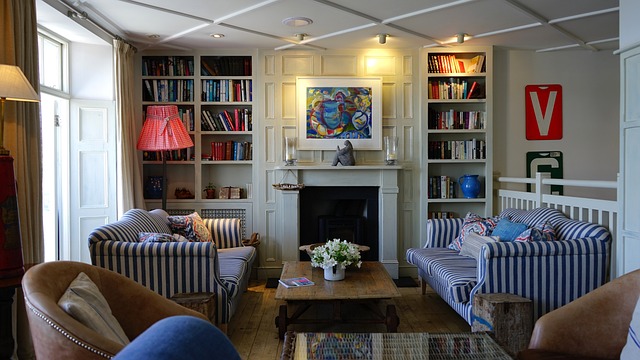Lighting is essential in interior design that can dramatically influence the ambiance and atmosphere of a space. From bright and vibrant to warm and cozy, the proper lighting can transform a room and evoke specific moods and emotions. Whether hosting a lively gathering, having a quiet evening at home, or simply looking to enhance the overall aesthetics, mastering the art of lighting can make all the difference. This article will explore various lighting techniques and tips to help you set the perfect mood in your home and create spaces that cater to your emotions and activities.
Understanding the Role of Different Light Sources
To achieve the desired ambiance in your home, it’s crucial to comprehend the role of various light sources. Ambient lighting provides overall illumination, ensuring a comfortable brightness for everyday activities. It typically comes from overhead fixtures or natural light sources like windows and skylights. Task lighting is focused and provides extra illumination for specific tasks. This type of lighting is often achieved through table lamps, floor lamps, or under-cabinet lighting in kitchens. Accent lighting highlights particular features or areas in a room, adding depth and visual interest. This can be accomplished with Christmas lights, spotlights, wall sconces, or track lighting. Balancing these three types of lighting will help you create a layered and versatile lighting scheme that adapts to different moods and needs.
Utilize Dimmers for Flexibility
Dimmer switches are invaluable tools for setting the mood in a space. They allow you to adjust the light brightness, providing complete control over the ambiance. Dimming the lights create a cozy and intimate atmosphere for a relaxing evening or a romantic dinner. On the other hand, increasing the brightness is perfect for hosting gatherings or completing tasks that require better visibility. Installing dimmers on both overhead lights and lamps offers the flexibility to tailor the lighting to each occasion.
Choose the Right Color Temperature
Color temperature is the warmth or coolness of light, measured in Kelvin (K). Lower color temperatures (around 2700K-3000K) emit a warm and cozy light, resembling the glow of candlelight or a fireplace. On the other end of the spectrum, higher color temperatures (around 5000K-6500K) produce more relaxed and energizing light akin to daylight. Selecting the right color temperature can significantly impact the mood of a room. For a calming and inviting ambiance, opt for warmer tones in bedrooms and living areas, while cooler tones work well in areas where focus and concentration are required, like home offices or study spaces.
Embrace Natural Light
Natural light uniquely uplifts any space, and harnessing it should be a priority in your lighting design. Maximize natural light by keeping windows unobstructed and using light-colored, sheer curtains that allow sunlight to filter through. Natural light not only creates a welcoming ambiance but also has positive effects on mood and well-being. On sunny days, consider opening windows and doors to let fresh air and sunlight fill your home, instantly uplifting the atmosphere.
Mastering the art of lighting is an essential skill for creating ambiance and setting the mood in your home. By understanding the role of different light sources, using dimmers for flexibility, and choosing the right color temperature, you can create versatile lighting schemes that adapt to various activities and emotions. So, take the time to assess your lighting needs and preferences and design a lighting plan that best suits your home and lifestyle.


